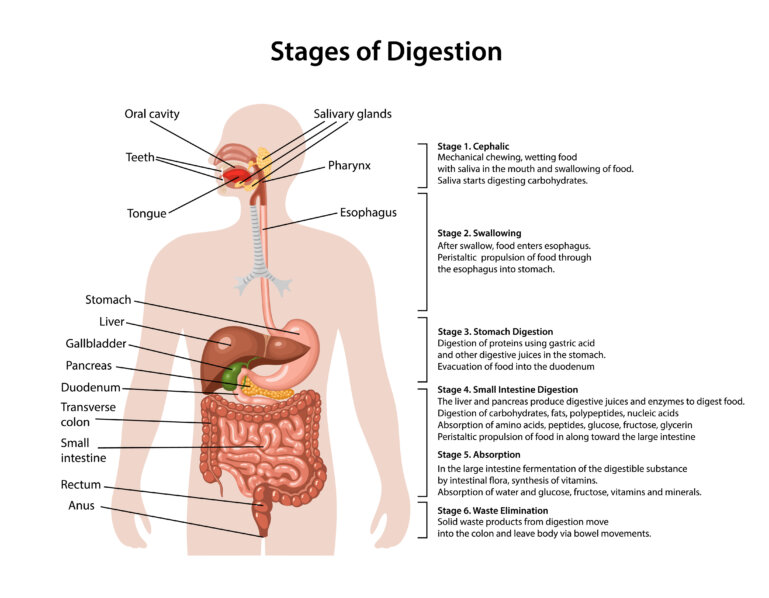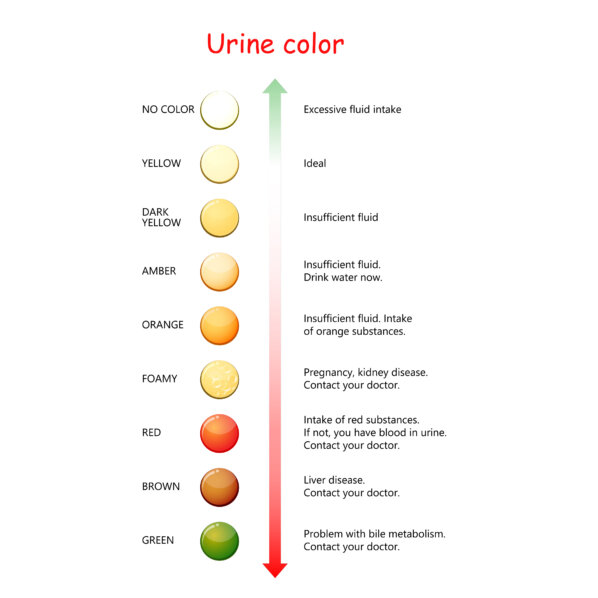4 million Americans complain of frequent constipation but there is really no need to suffer. The positive effects of yoga are endless and once again yoga is here to help! Try these 7 yoga poses for better digestion and get immediate relief now.
BEST YOGA POSES TO ACTIVATE DIGESTION
If your bathroom habits are inconsistent, if you often feel heavy and bloated, then read on friends. Here we’ll break down the digestive system, what it needs to function properly, and how to get it moving now with yoga poses for better digestion. If you are looking to improve your quality of life (and who isn’t?) feeling light and energetic is surely at the top of your list. And having a consistently well-functioning elimination system is key.
Like an abdominal massage performed by a therapist, many yoga poses massage the abdomen and digestive system. This, in turn, can activate movement. Typically we think of twisting poses as the best yoga poses for digestion, but there are other poses to add to your ‘yoga for digestion’ repertoire. We love these 7 yoga poses for better digestion – Seated Twists, Bridge pose, Yogi Squat, Boat pose, Triangle pose, Seated Forward Fold, and Peacock pose.
THE DIGESTIVE SYSTEM – PARTS & FUNCTIONS
The human digestive system is home to a masterful process that fuels the body with energy and regulates our moods and brain function. Often when we think of our digestive system, we think of our intestines, and yes the intestines are a vital part, but there is so much more.
The process really begins with our olfactory system. Whether your thing is a fat sizzling steak or a warming cioppino when we smell our favorite dishes heading toward the table, our olfactory glands begin the work of triggering our salivary glands. Saliva mixes with each bite of food, softening it so it’s ready for swallowing. The muscles of the esophagus squeeze and contract pushing each bite toward the stomach. The stomach continues to break food down into smaller pieces mixing with stomach acid and enzymes creating a pulpy substance called chyme.
From here the stomach pushes the chyme into the small intestines, aka the duodenum, the jejunum, and the ileum. Digestion continues in the small intestines as the chyme is mixed with digestive enzymes from the pancreas, liver, and gallbladder. As this soft mass passes through the small intestines, the nutrients of the food you’ve eaten are absorbed through the lining. Then onto the large intestine aka the colon. Here nearly all of the water is absorbed, leaving just the stool to be evacuated. It’s something we do every day on autopilot, but when you pause to think about it for a second, it’s all pretty amazing.

CONSTIPATION – CAUSES & SOLUTIONS
But what happens when this system is not functioning properly? According to John Hopkins, 4 million Americans are frequently constipated which is identified by having a bowel movement less than three times a week. Common causes of constipation include being dehydrated, not eating enough fiber, and not doing enough physical activity. With these three causes each having such easy solutions, everyone can take the basic steps of turning this condition around. Drink some water. Eat some fruits and veggies. Go for a walk or do some yoga. Really, that just sounds like a pretty nice day.
HEALTHY HYDRATION LEVELS FOR GOOD DIGESTION
The human body can only survive a couple of days without water, so yeah, good hydration is critical for maintaining overall health status. The National Academies of Sciences, Engineering, and Medicine recommend a daily water intake of 15.5 cups for men, and 11.5 cups for women. This includes fluids from water and food. Signs of dehydration include fatigue, headaches, poor concentration, dizziness, and heart palpitations. Urinating a minimum of four times per day is considered normal. Also, the color of urine indicates your level of hydration. While it is normal for the color of your urine to change a little day-to-day and to vary depending on what you take in, supplements or beets, for example, we want to strive for a pale yellow color. This Urine Color Chart is useful for assessing hydration and dehydration.

DIET MARKERS FOR HEALTHY DIGESTION
Be aware of your salt intake. When a person takes in too much, the salt level in their bloodstream increases. To regulate that salt level back to normal the body pulls water from the intestines, therefore reducing water levels where you need it for a healthy digestive system. The FDA recommends less than 2,300 mg of sodium per day so if you’re a person who likes to eat foods that come with labels – check ’em!
Fiber is your friend. Fiber is key to maintaining a healthy digestive system. It is the fuel that the colon uses in its quest for healthy status. Some of the foods highest in fiber content are fruits, vegetables, nuts, seeds, beans, and legumes. It is commonly recommended that we should strive to take in about 30 grams of fiber per day. This comprehensive list with make high-fiber meal planning easy.
For more in-depth information from NIH regarding colon health check out this page which covers everything from Abdominal Adhesions to Zollinger-Ellison Syndrome.


Write Your Comment
Leave a comment